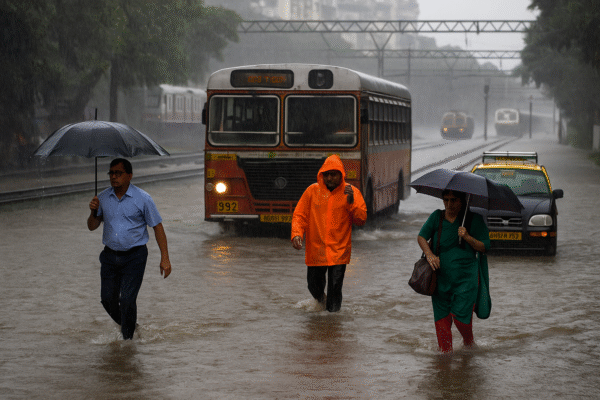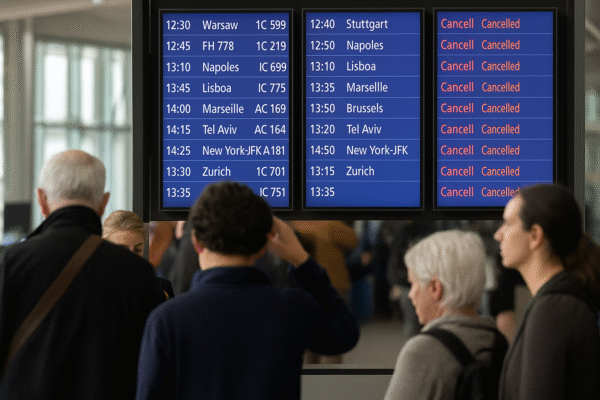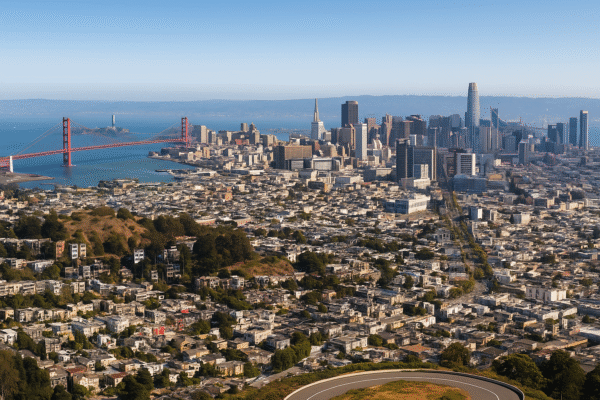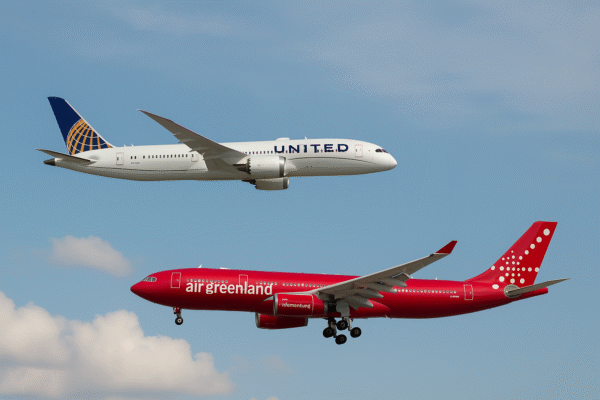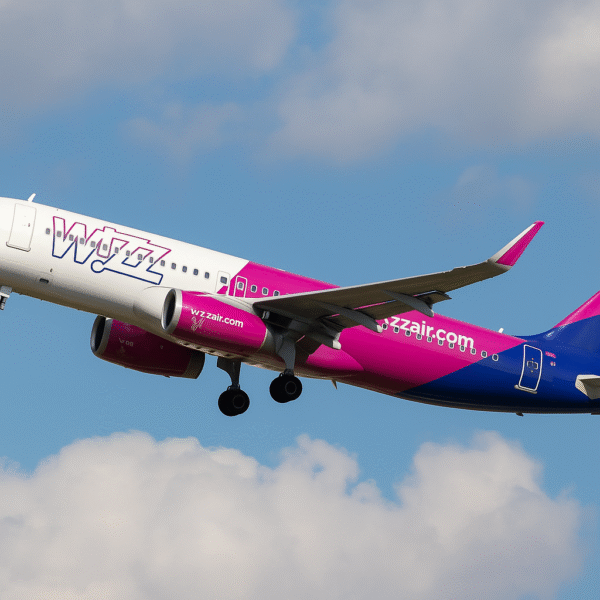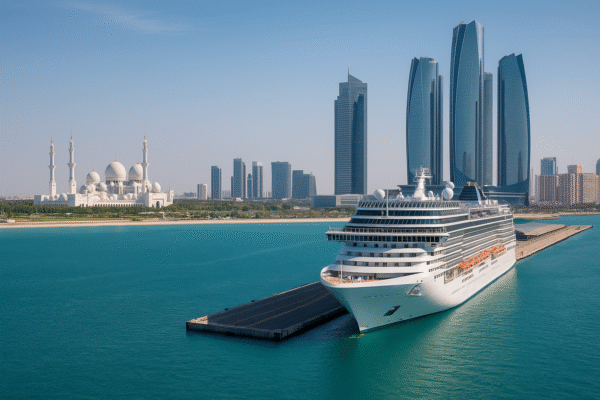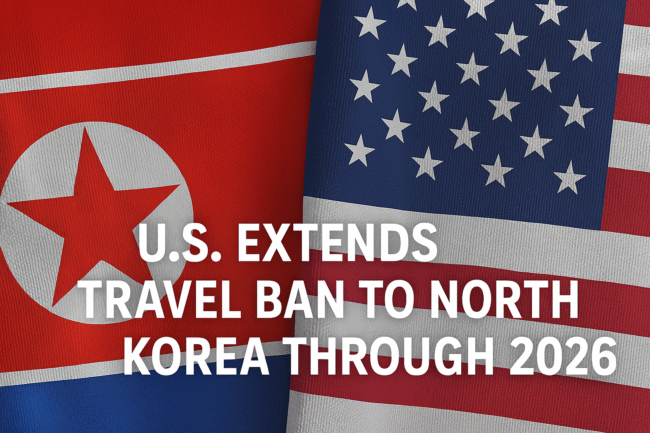The United States has officially prolonged its travel restriction to North Korea for another year, citing an ongoing and serious threat to the safety of its citizens. The extension marks the ninth consecutive year the U.S. State Department has kept the ban in place, warning of the significant risks Americans face if they enter the isolated nation.
The updated travel advisory was posted in the Federal Register on Wednesday, confirming that the restriction will now remain valid from September 1, 2025, through August 31, 2026, unless it is modified or revoked earlier by the Secretary of State.
According to the official notice, U.S. passports will continue to be invalid for travel to, within, or through North Korea, unless a special validation is granted under specific, limited circumstances.
“There remains a serious risk of arrest and extended detention of U.S. nationals, which poses imminent danger to their physical safety,” the State Department said.
Root of the Ban: Otto Warmbier’s Case
The ban originated in 2017, shortly after the death of Otto Warmbier, a University of Virginia student detained during a trip to Pyongyang in 2016. Accused of attempting to steal a propaganda banner, Warmbier was sentenced to 15 years of hard labor. He was returned to the U.S. in a coma in June 2017 and died just days later.
A U.S. court later held North Korea responsible for his torture and death, a case that drew worldwide attention and helped shape U.S. policy on travel to the DPRK.
North Korean Tourism Still Largely Frozen
Since the start of the COVID-19 pandemic in January 2020, North Korea has tightly sealed its borders, halting nearly all foreign visits. Tourism activity remains minimal despite recent discussions about a controlled reopening.
Earlier this year, a few Western-based travel companies announced limited access to Rason, a Special Economic Zone in northeastern North Korea near the Russian and Chinese borders. However, these small-group tours were halted just a few weeks later without explanation.
Beijing-based Young Pioneer Tours, one of the few agencies previously allowed to operate in the region, reported that talks are underway between Chinese and North Korean authorities about creating a sustainable tourism framework. The firm noted the complexities due to Rason’s sensitive status and ongoing geopolitical concerns.
Before the pandemic, most of North Korea’s foreign tourists came from China, with an estimated 95,000 Chinese visitors annually, compared to only about 5,000 from Western countries.
Gradual Signs of Reopening
Despite the prolonged border closures, there are indications that North Korea is slowly moving toward reestablishing some forms of tourism. In February 2024, a passenger flight from Vladivostok brought the first group of Russian tourists back to the DPRK.
Additionally, North Korea hosted its first international marathon in six years this April, attracting participants from China, Morocco, and Ethiopia. The event was viewed by analysts as a symbolic step toward reengagement with the outside world.
Launch of the Wonsan Kalma Resort Imminent
Perhaps the most significant development in North Korea’s tourism sector is the long-awaited launch of the Wonsan Kalma Coastal Tourist Zone. Initially announced in 2014 and expected to open in 2019, the resort has faced numerous setbacks due to sanctions and logistical issues caused by the pandemic.
The luxurious development, which stretches across 2.5 miles of coastline, is now scheduled to open in June 2025, according to state media reports. North Korean leader Kim Jong Un visited the site in December 2024 and emphasized its importance to the nation’s tourism goals.
State-run Korean Central News Agency (KCNA) quoted Kim as calling the project “magnificent and beautiful,” suggesting it would serve as a showcase for the country’s ambitions in international tourism.
“Our country possesses natural and cultural tourism assets that could rival any in the world,” Kim reportedly said. “We are determined to build a self-sufficient tourism industry that reflects our values and strengths.”
Ongoing U.S. Concerns
Despite these initiatives, the U.S. government maintains a firm stance against travel to North Korea. The risk of unjust detention, lack of diplomatic channels, and unpredictable legal systems make any trip to the DPRK dangerous for American citizens.
Only under exceptional cases—such as for humanitarian aid or journalism—can U.S. nationals request special approval to enter the country. The process remains highly restricted and is rarely granted.
The continuation of the travel ban also aligns with broader concerns over North Korea’s military programs and growing ties with Russia, especially amid heightened global tensions.
Conclusion
While North Korea moves forward with selective re-engagement through tourism and international events, the U.S. remains firm in protecting its citizens from the substantial risks posed by travel to the country. The extension of the ban until 2026 is a clear signal that diplomatic normalization remains a distant prospect, especially in the absence of guarantees regarding the safety of foreign visitors.
Keep reading travel news.



